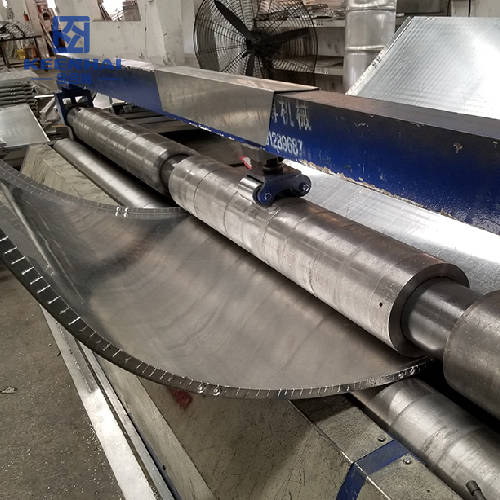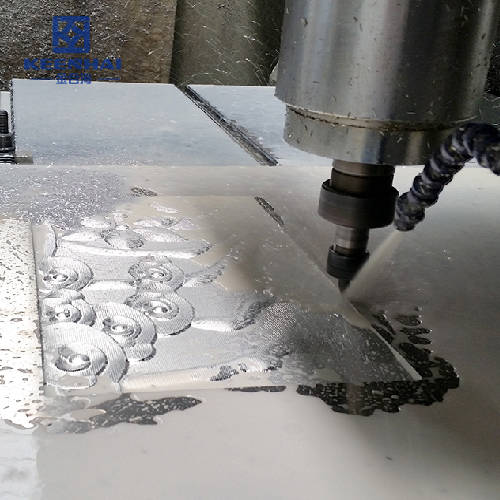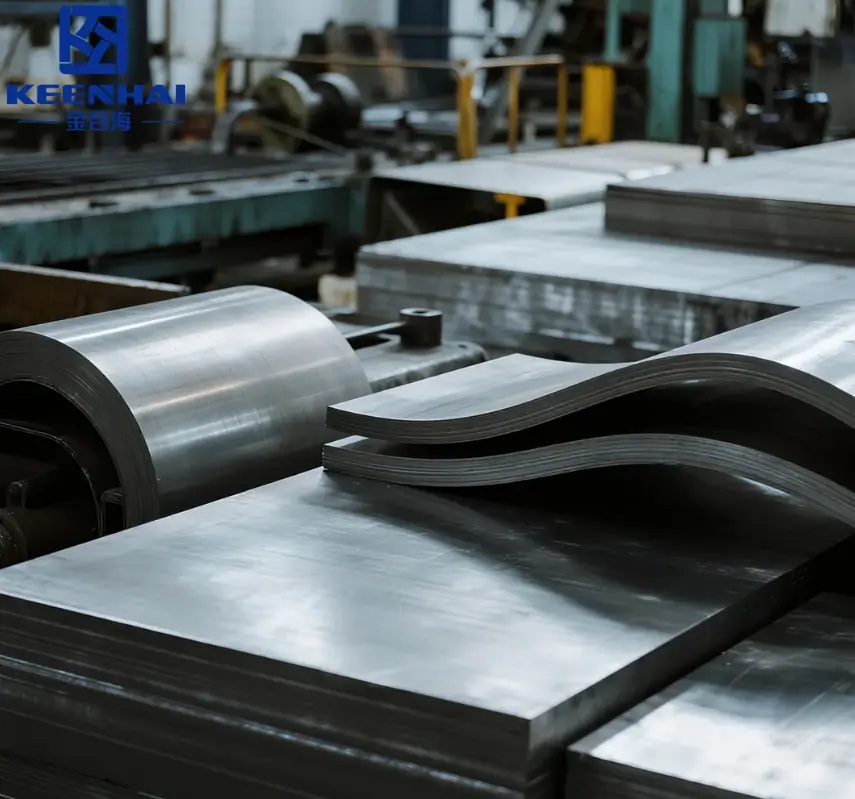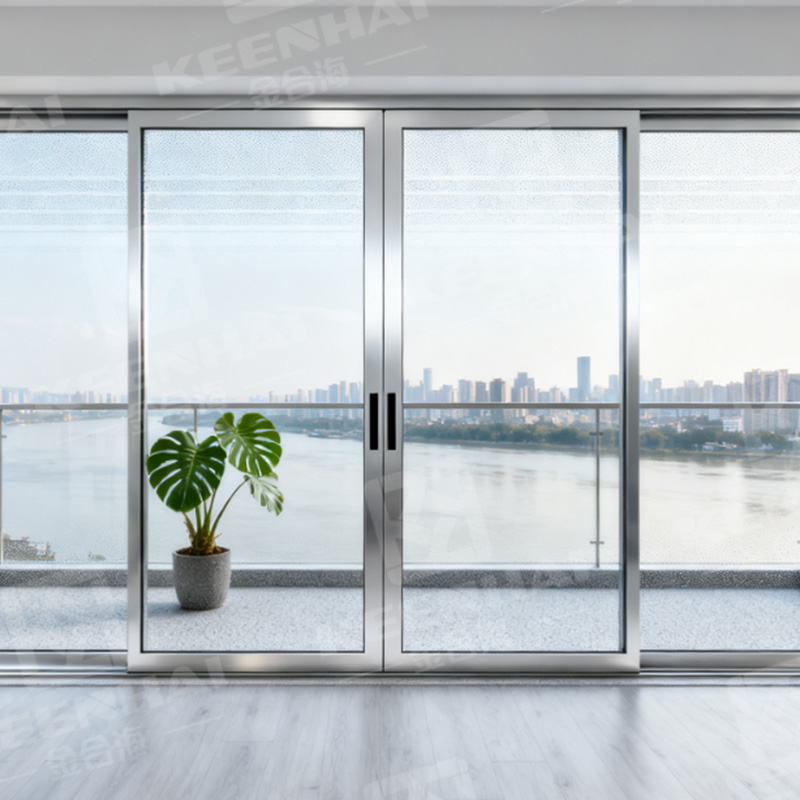If you’re wondering about the difference between Inox a nerez, the short answer is simple: they are essentially the same material, but the grade and application make all the difference. Inox usually refers to stainless steel in general, while the choice between types like 304 and 316 affects cost, rust resistance, and long-term durability. For kitchens, indoor projects, and areas without harsh exposure, 304 nerezová ocel is often enough. In marine or outdoor environments, 316 is the smarter option because of its superior corrosion resistance. This guide will break down cost, durability, and real-life uses so you can pick the right grade for your project in 2025.
1.What Is Inox Material?
1.1Definition of Inox Material
The term Inox originates from the French word nerezové, which translates to “stainless.” Inox material is another name for stainless steel, commonly used in Europe and certain industries like kitchenware and architecture. Thanks to its unique chemical composition, the term emphasizes the material’s ability to resist rust and staining.
1.2Key Properties of Inox Material
Materiál Inox je známý pro svou vynikající odolnost proti korozi, která je přisuzována obsahu chrómu (obvykle nad 10,5%). Tím se na povrchu vytvoří pasivní vrstva, která jej chrání před oxidací. Je také ceněn pro svou mechanickou pevnost, odolnost a vizuálně přitažlivý leštěný povrch, díky čemuž je vhodnou volbou pro funkční i dekorativní aplikace.
2.What Is Inox and Stainless Steel?
Inox, short for acier inoxydable, is a high-chromium nerez alloy that offers superior resistance to rust and staining. It is widely used in high-end applications like kitchen equipment, jewelry, and marine products.
Stainless steel, in general, is a broad category of alloys that includes Inox and other grades. It contains a minimum of 10.5% chromium to prevent corrosion but may vary in nickel, molybdenum, and other alloy content depending on the grade.
| Funkce | Inox | Nerez |
|---|---|---|
| Chromium Content | Typically 18%+ | 10.5%-18% (varies by grade) |
| Odolnost proti korozi | Very high | Vysoký |
| Common Uses | Kitchen equipment, jewelry | Construction, automotive, appliances |
All Inox is stainless steel, but not all stainless steel qualifies as Inox. This distinction is important when choosing materials for harsh environments.
3.Durability and Corrosion Resistance
-
Inox: Extremely resistant to oxidation, ideal for outdoor or high-humidity environments. It rarely rusts and maintains a polished finish over time. In marine environments, Inox 316 is often preferred for its molybdenum content, which improves corrosion resistance against saltwater.
-
Standard Stainless Steel: Durable and corrosion-resistant, but some grades like 304 may show minor surface rust if not maintained. For indoor projects, 304 stainless steel is usually sufficient.
Example: A stainless steel kitchen sink made of 304 grade may last 10–15 years with proper care, while a 316 Inox sink in a coastal home can easily last 20+ years without visible corrosion.

4.Porovnání materiálu Inox a nerezové oceli
4.1Terminology Differences
Jeden z hlavních rozdílů mezi materiálem Inox a nerezovou ocelí spočívá v terminologii. Nerezový materiál je termín častěji používaný v Evropě a vybraných průmyslových odvětvích, zatímco nerezová ocel je celosvětový termín. Navzdory rozdílu v názvosloví odkazují na stejný materiál.
4.2Performance Similarities
Ať už to nazýváte materiál Inox nebo nerezová ocel, výkon materiálu zůstává konzistentní. Oba termíny popisují korozivzdornou, trvanlivou slitinu s podobnými aplikacemi ve stavebnictví, domácích potřebách a průmyslu.
4.3Variations in Perception
The difference in naming can create a perception that they are distinct materials. For example, “Inox” may be seen as a more premium brand in certain regions due to its association with European quality. In reality, the distinction is purely semantic.
4.4Cost Comparison
Material cost is often the first consideration for many projects.
| Materiál | Average Price per Kg (USD) | Notes |
|---|---|---|
| Inox | 5–8 | Premium, corrosion-resistant |
| Nerez | 3–6 | Cost-effective, versatile |
-
Inox: Higher upfront cost due to chromium and alloy content, but lower maintenance and longer lifespan often justify the price.
-
Nerez: More budget-friendly and versatile for most indoor and non-extreme applications.
Real-world ROI: For outdoor stair rails or coastal railings, choosing Inox 316 over standard stainless steel may increase initial cost by 30–50%, but it avoids rust damage and replacement costs over a 15-year span.
5.Key Applications
5.1Kitchen and Household Items
Materiál Inox je synonymem kvality v kuchyňském nádobí. Je preferovanou volbou pro hrnce, pánve, příbory a dřezy díky své odolnosti proti korozi, snadnému čištění a leštěnému estetickému vzhledu. Díky nereaktivnímu povrchu je také bezpečný pro přípravu jídel.
5.2Construction and Design
Pevnost nerezové oceli a odolnost proti povětrnostním vlivům z ní činí základní stavební prvek. Používá se na nosné konstrukce, zábradlí, fasády a dekorativní prvky v obytných i komerčních budovách. Elegantní, moderní vzhled nerezové oceli nebo materiálu Inox umocňuje architektonické návrhy.
5.3Industrial and Automotive Uses
V náročných prostředích, jako jsou průmyslové závody nebo výroba automobilů, vyniká nerezová ocel díky své odolnosti a schopnosti odolávat extrémním podmínkám. Běžně se používá ve výfukových systémech, chemických nádržích a námořních zařízeních.
6.Different Grades of Inox and Stainless Steel
Understanding grades can help fine-tune your choice:
| Grade | Typical Use | Key Advantage |
|---|---|---|
| 304 | Kitchen equipment, appliances | Cost-effective, good corrosion resistance |
| 316 | Marine, outdoor furniture | High corrosion resistance, ideal for harsh environments |
| 430 | Automotive trim, indoor appliances | Magnetic, budget-friendly |
For outdoor, coastal, or high-moisture areas, Inox 316 or equivalent is the safest choice.
7.Maintenance and Lifespan
-
Inox: Low maintenance. Occasional cleaning with mild detergent keeps it shiny. Extremely resistant to corrosion, scratches, and stains.
-
Nerez: Requires regular cleaning to prevent surface rust, especially in high-humidity or coastal areas. Abrasive cleaners may damage the protective chromium layer.
Example: A 316 Inox outdoor railing may only need yearly cleaning, while a 304 stainless steel railing might require quarterly maintenance in the same environment.

8.Common Misconceptions
-
All stainless steel is Inox – Incorrect. Only certain high-chromium stainless steels qualify as Inox.
-
Higher price always means better quality – Not necessarily. Choosing the right grade for your environment is more important.
-
Maintenance is the same for all grades – Inox generally requires less care, while standard stainless steel may need frequent cleaning to prevent rust.
When deciding between Inox a nerez, consider:
-
Environment: Coastal, marine, or humid areas favor Inox 316.
-
Budget: Stainless steel is sufficient for indoor, less demanding applications.
-
Longevity: Inox offers longer lifespan and lower long-term maintenance.
By understanding your project requirements, you can choose the material that provides the best combination of durability, performance, and value.
If you’re ready to pick the finish that locks in color and cuts long-term upkeep, see our PVD stainless steel sheet guide.







